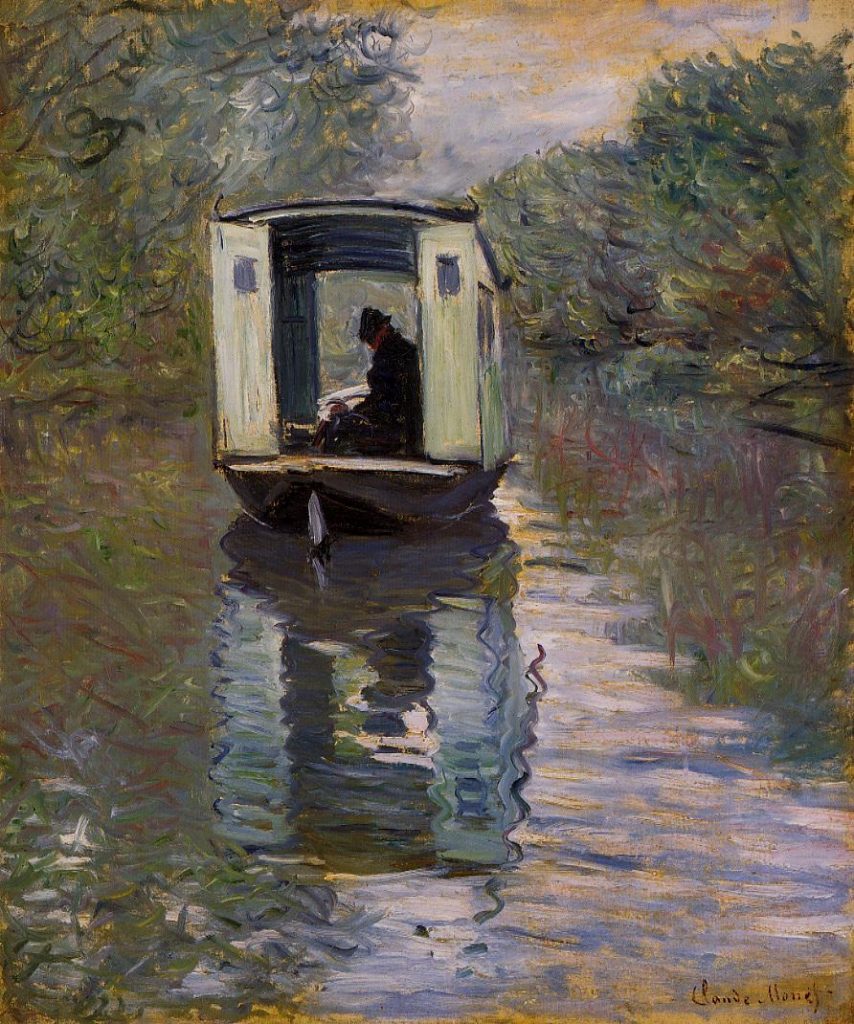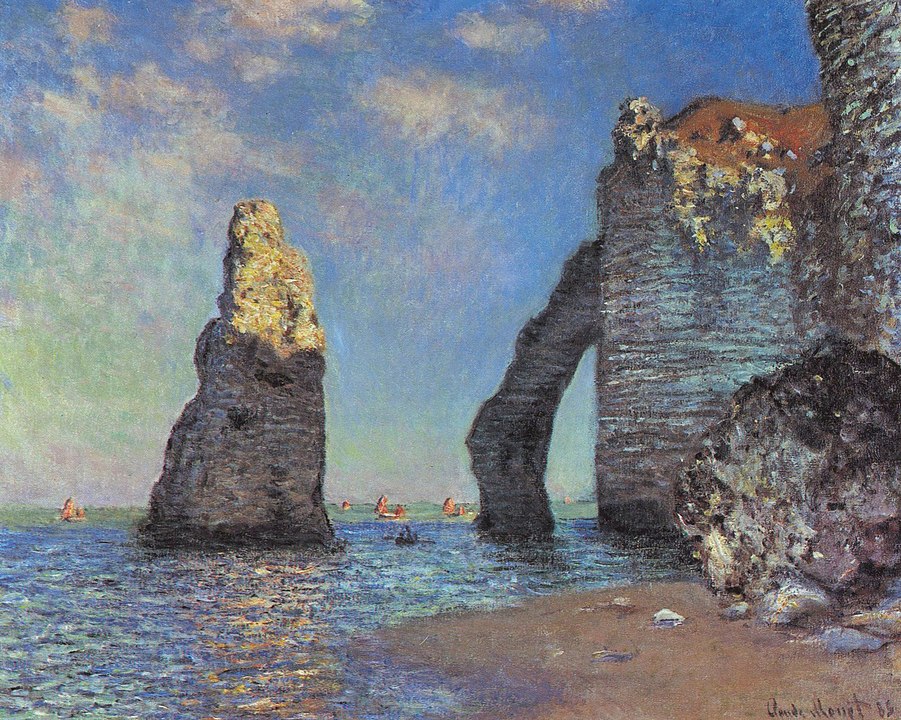
Claude Monet (1840–1926) was a French painter and a leading figure in the Impressionist movement, known for his innovative approach to capturing the effects of light and color in nature. Here are some key points about Claude Monet:
- Early Life: Claude Oscar Monet was born on November 14, 1840, in Paris, France. He showed an early aptitude for art and began his formal training at the Le Havre secondary school of the arts.
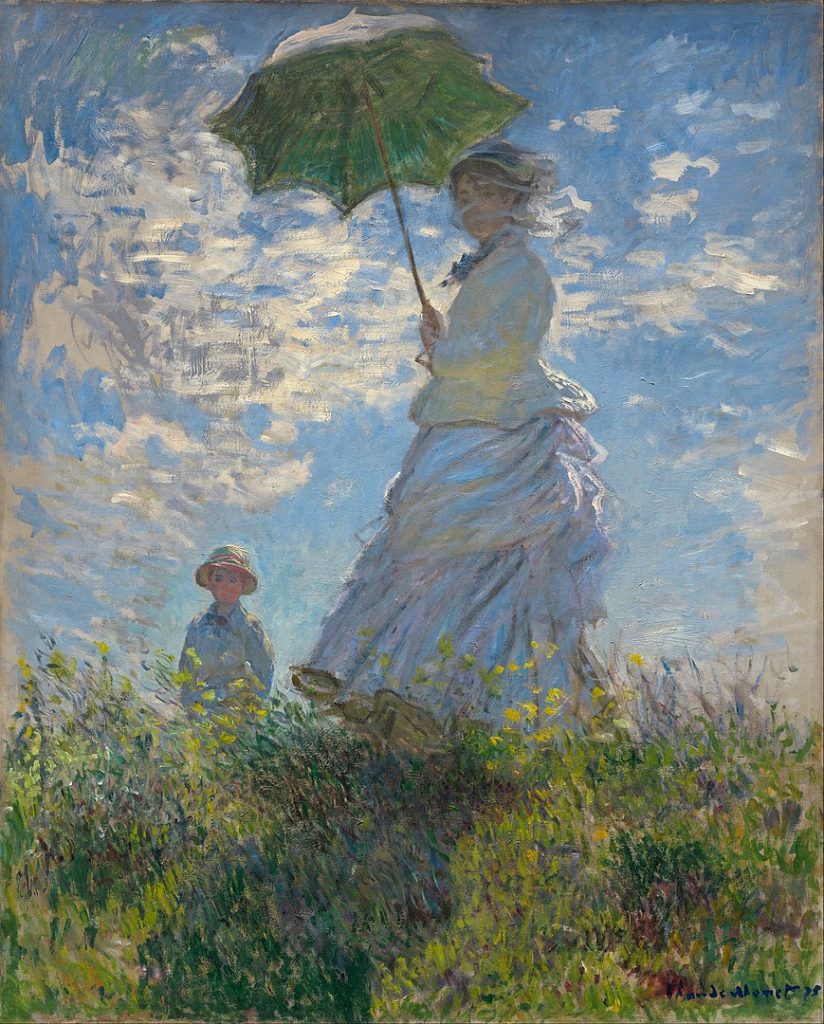
- Early Career: Monet’s early career was marked by struggles and financial difficulties. Despite facing challenges, he was determined to pursue his passion for painting. He became associated with other aspiring artists, including Camille Pissarro, Pierre-Auguste Renoir, and Alfred Sisley.
- Impressionist Movement: Monet played a pivotal role in the development of the Impressionist movement, which emerged in the late 19th century. The term “Impressionism” originated from one of Monet’s paintings, “Impression, Sunrise” (1872), which was exhibited in the first Impressionist exhibition in 1874.
- Plein Air Painting: Monet was a proponent of plein air painting, which involved creating works outdoors, directly observing and capturing the changing effects of light and atmosphere. This approach was central to Impressionist principles.
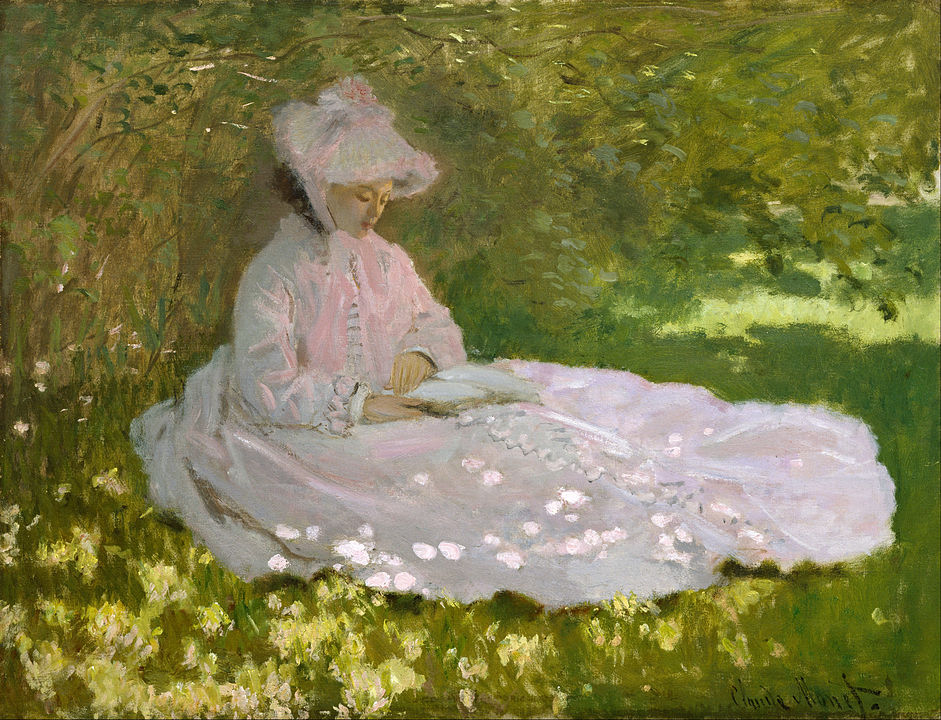
- Series Paintings: Monet is well-known for his series paintings, where he explored variations of a single subject under different light and weather conditions. Notable series include his Water Lilies, Haystacks, and Rouen Cathedral series.
- Giverny: In 1883, Monet moved to Giverny, a small village in the Normandy region of France, where he lived for the rest of his life. He cultivated a garden at his residence, which became a primary source of inspiration for many of his later works.
- Water Lilies: The water lily pond in Monet’s Giverny garden became the subject of some of his most famous and iconic paintings. The Water Lilies series, created from the late 1890s until his death, is celebrated for its mastery of color, light, and reflection.
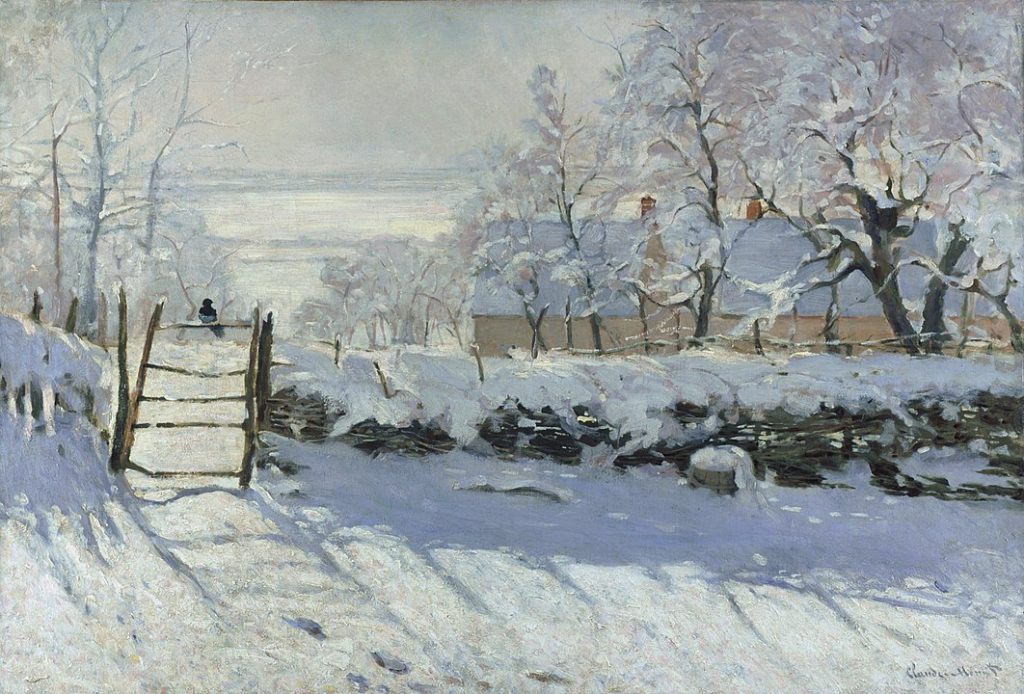
- Later Years and Recognition: In the later years of his life, Monet gained increasing recognition and success. His works were exhibited internationally, and he received honors and awards for his contributions to art.
- Legacy: Claude Monet’s legacy is immense. He is regarded as a pioneer of modern art, and his innovative techniques had a profound influence on subsequent art movements. His impact can be seen in the work of generations of artists who followed, and his paintings are among the most celebrated and valuable in the world.
Claude Monet passed away on December 5, 1926, in Giverny, leaving behind a legacy that continues to shape the course of art history.
